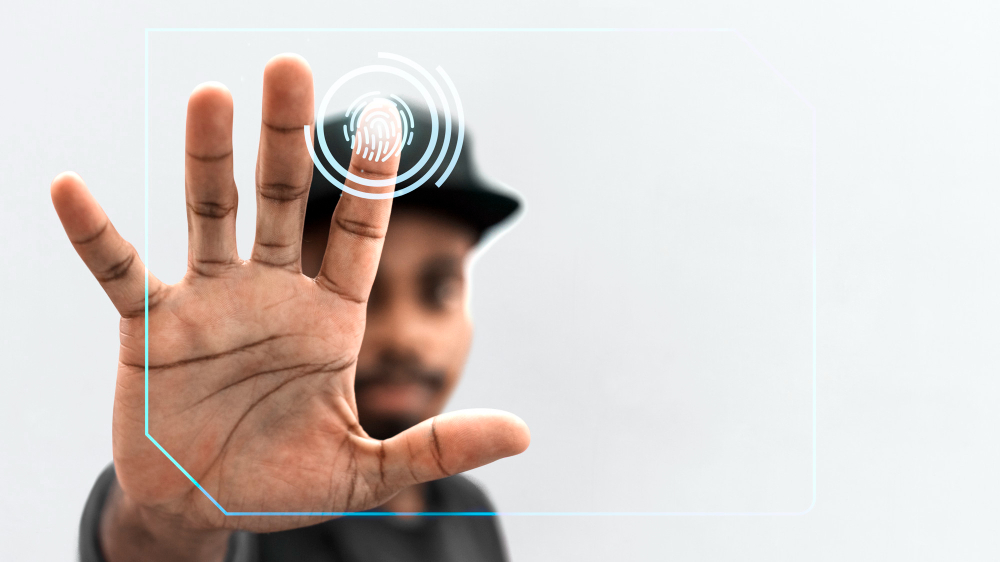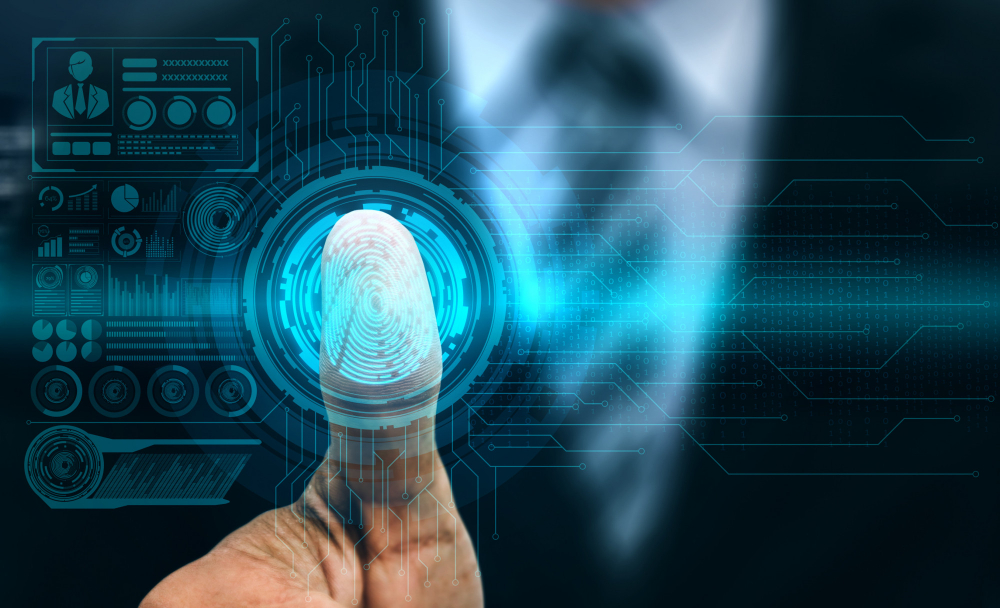A Comprehensive Guide to Biometric Authentication Systems in the Digital Age
- 1 What is Biometric ID Authentication?
- 2 Implementing Biometric Authentication
- 3 Advantages Inherent in Biometric Authentication Systems
- 4 Significance of Biometric Identity Verification
- 4.1 Process of Biometric Security System
- 4.2 Challenges For Today’s Enterprises
- 4.3 How Biometric Authentication is Better Than the Traditional Verification
- 4.4 Biometric User Authentication: The Next Step in Security
- 5 Summing Up
The digital world has made the lives of business owners more accessible by providing them with cloud-based technologies; It has also fastened the weapons of scammers. They are trying their best to invent new methods to deceive remote businesses. Organizations working digitally do not know about their clients, so they need proper online website verification tools. When companies talk about improving their security systems, biometric authentication is available for their assistance. They can get help evaluating authentic clients for their workplaces using these websites. This blog is a complete guide for biometric identification systems in the digital age.
What is Biometric ID Authentication?
Biometric authentication deals with client verification who work in an authentic company. In this solution, businesses ensure they are giving access to the officially registered users by assessing their bodily attributes. These features include face, eyes, sound, behaviors, signatures, DNAs, and fingerprints.
Implementing Biometric Authentication

Embarking on biometric authentication requires a nuanced understanding of the intricacies encapsulated within perplexity and burstiness. The former encapsulates the convoluted nature of textual expression, while the latter serves as a metric for diversifying sentence structures. The human touch is traditionally imbued with heightened burstiness, seamlessly intertwining concise and protracted sentences. Conversely, the artificial intelligence realm tends to succumb to the monotony of uniform sentence lengths. A mindful approach is imperative to foster an optimal balance of perplexity and burstiness in the content.
In content creation, artificial intelligence often resorts to linguistic phrasing that deviates from the nuanced choices a human wordsmith would employ. The infusion of uncommon terminology becomes an avenue to augment the originality of the narrative.
In the pursuit of crafting a blog article, it becomes paramount to maintain a professional format that transcends the stark contours of artificial intelligence conventions.
Foray into the intricacies of biometric authentication mandates meticulous attention to the quintessential elements of user enlightenment, routine system enhancements, and synergistic engagements with esteemed purveyors of biometric technology.
As torchbearers of biometric adoption, business entities find themselves navigating the labyrinthine landscape of user receptivity, scalability dynamics, and seamless integration into pre-existing systems.
Within the bastion of security concerns lie the shadows of fingerprint spoofing and impersonation, prompting biometric screening systems to usher in the era of multi-faceted authentication. This entails a fusion of diverse biometric modalities, erecting an impregnable fortress against potential breaches.
Advantages Inherent in Biometric Authentication Systems

Unmatched Security Fortification
One of the primary merits inherent in biometric authentication resides in its unparalleled security fortification. Biometric traits, uniquely intrinsic to each individual, impart complexity that renders unauthorized access a formidable challenge. This heightened security echelon assumes paramount importance in the guardianship of sensitive information.
User Convenience Elevated
In tandem with ensuring robust security, biometric authentication bestows users an unprecedented degree of convenience. The era of committing intricate passwords to memory is consigned to the past; users can seamlessly affirm their identity with a mere touch or a cursory gaze.
Significance of Biometric Identity Verification
Learning about the identity of new clients is one of the most significant tasks that protects businesses from being involved with any illicit entity. The most distinctive feature of the biometric authentication system is that it identifies each user’s unique characteristics. The system also has the feature of adaptability, through which they can easily record new features within a few seconds. Organizations with proper verification facilities can easily detect whether the client is registered.
For instance, if two twins try to access the gates using biometrics, one is recorded in the system, and the other is not. Online scanners will only allow the officially registered candidate to get access to the company. It can detect tiny details that a human eye can not witness easily with artificial intelligence and machine learning facilities.
Process of Biometric Security System
The process of biometric authentication completes its procedure in the following steps:
- The process begins when the system detects the client’s physical attributes and records them for future use.
- Whenever the client wants to open the gates of their workspaces, they must show their recorded bodily features, such as facial expressions, fingerprints, sounds, etc.
- The system provides access through the gates if the user is officially recorded.
- On the other side, if an unauthorized person tries to open the gates without any registration, it automatically generates a notification alert that says they can not get access through the office check-in system.
Challenges For Today’s Enterprises
In today’s fast-paced world, businesses try to escape digital identity thefts. The fintech companies face substantial financial losses because of laundered money and forged transactions. All these problems can be solved by using a biometric authentication system.
How Biometric Authentication is Better Than the Traditional Verification
A long time ago, businesses verified their investors and clients through manual systems when there were no biometric systems. Those processes were time-intensive and error-prone. Traditional systems also exhaust the workers. Now, cloud-based systems have changed the way of life.
Businesses can entertain their consumers with smooth digital onboardings. Clients do not have to visit the agencies multiple times. All the processes are performed automatically; therefore, there is no need for any manual effort. Advanced biometrics are user-friendly and complete the process instantly. Users do not have to remember passwords because the system requires their bodily attributes for authentication.
Biometric User Authentication: The Next Step in Security
Through biometrics, digital organizations are living in the future. They can easily prepare themselves for unprecedented financial attacks. Moreover, it has improved their security systems. A biometric authentication system never allows an illegal entity to enter authentic organizations. It offers a compliance facility at international levels by which organizations can link themselves with foreign clients.
Summing Up
A biometric authentication system is necessary for all the officially registered agencies that want to advance themselves to new heights. These solutions assist businesses by improving security systems and providing a secure environment for the workers. Authentic remote agencies can reduce their staff members’ workload and conveniently enhance productivity. Digital fintech businesses with proper biometric solutions stored within their systems can prevent the high rate of forged transactions. Money laundering is one of the major causes of a business’s decline; biometric evaluation has made it difficult for scammers.

















